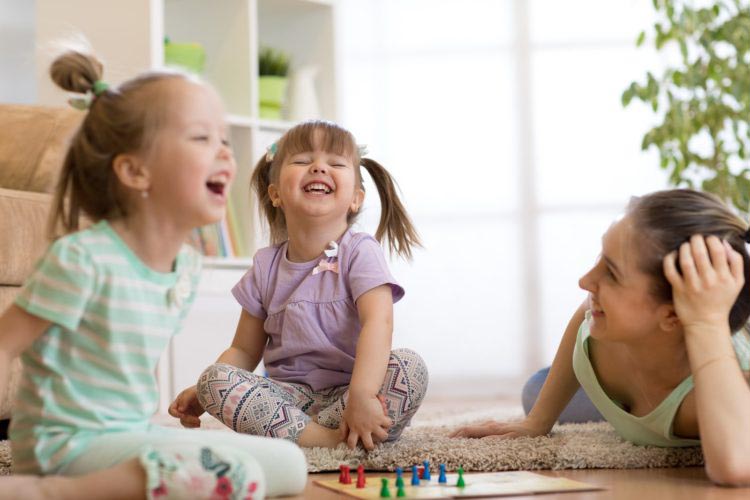
From K-12 Dive
By Lauren Barack
June 2, 2021
Dive Brief:
Middle school English teacher Nathan Burr used an activity called “smiles and frowns” before diving into virtual class this past school year to build community and increase student engagement. He writes for Edutopia that the activity allowed his 8th-grade students to smile if they were happy or looking forward to something, or frown if something was upsetting them or they didn’t want to share at all.
Burr began the activity by sharing his own emotional state, and students participated only if they wanted to. The activity led students to learn more about each other, become aware of their own feelings, and even strengthen the connection between them and Burr.
Even as his school shifted from fully virtual to hybrid, Burr kept the practice going, as it can help students develop more confidence when speaking in-person among their peers.
Dive Insight:
In fall, students will return to classrooms nationwide — many after having still spent the previous academic year learning online. Students may need support when reacclimating to group spaces and transitioning back into classrooms, playgrounds and lunchrooms with their peers.
That can start now, in the summer, with schools creating opportunities for students to stay in touch with each other. In New York City, for example, K-8 students are being offered opportunities to meet up as part of a Summer Rising program, to not just catch up on academics, but also to connect with their peers.
Schools could also consider putting plans in place that solicit involvement not just from teachers and administrators, but counselors, nurses and even the broader community to look at what services they have available to help students for the upcoming school year. They also might want to make plans — called resource mapping — in advance, to know where funds and services can be reallocated if needed.
And when the next school year begins in fall 2021, there are ways to help students stay in touch with their feelings during the transition back to in-person learning. While a “smiles and frowns” session is one option, having young students work together to create a shared agreement on how their new classroom will operate or encouraging older students to keep journals or express themselves in other ways are among additional approaches.
Photo: Empowered Parents
Read this and other stories at K-12 Dive

